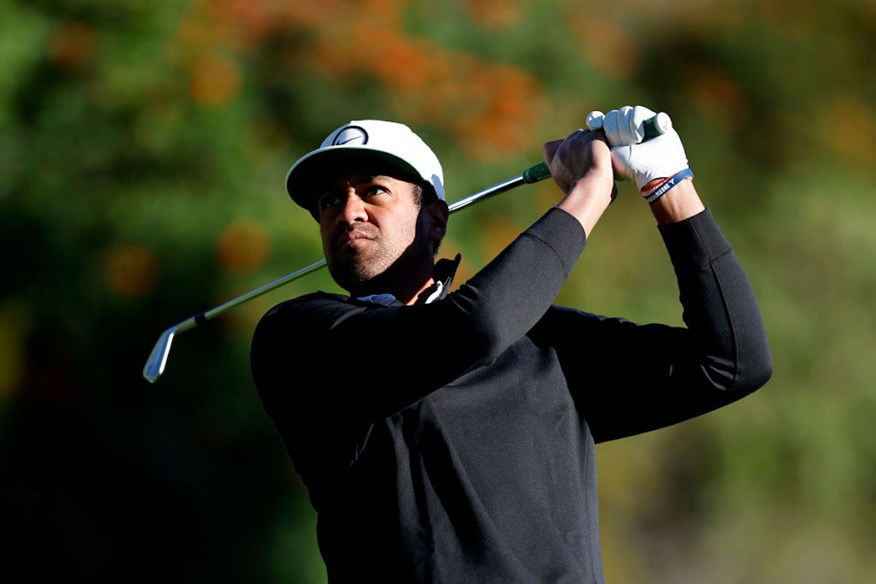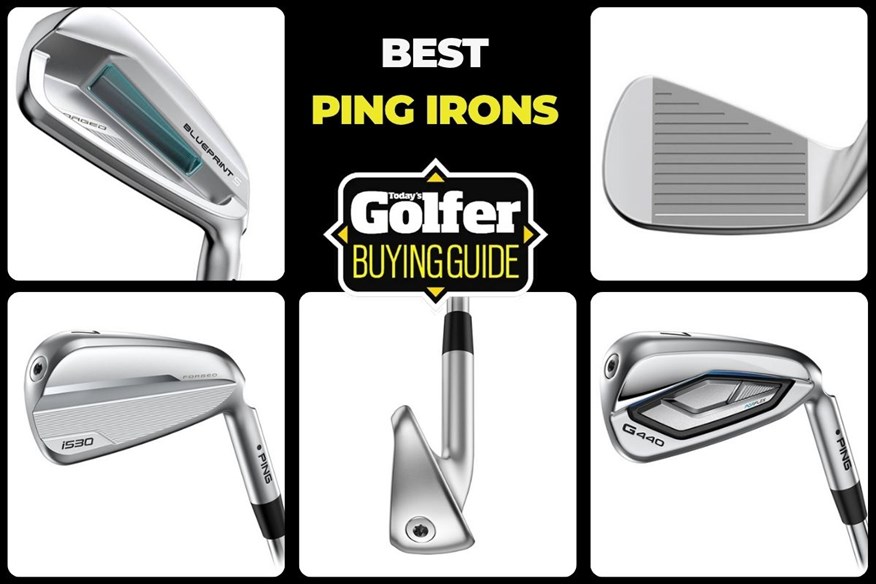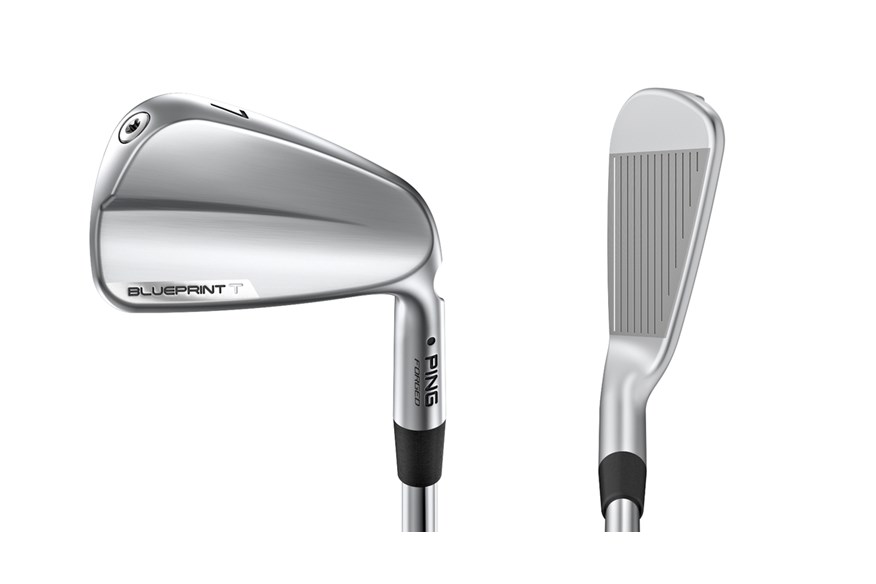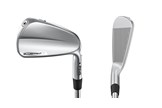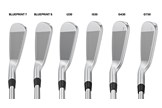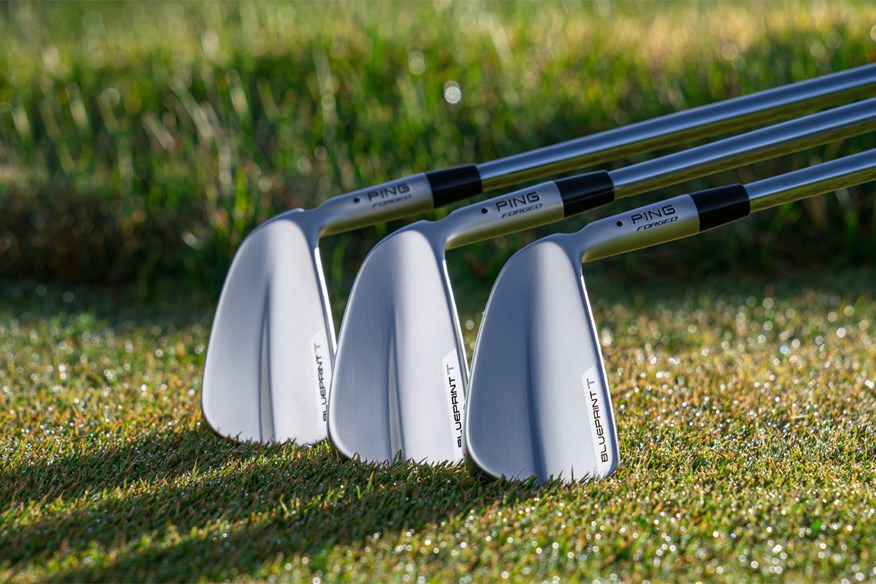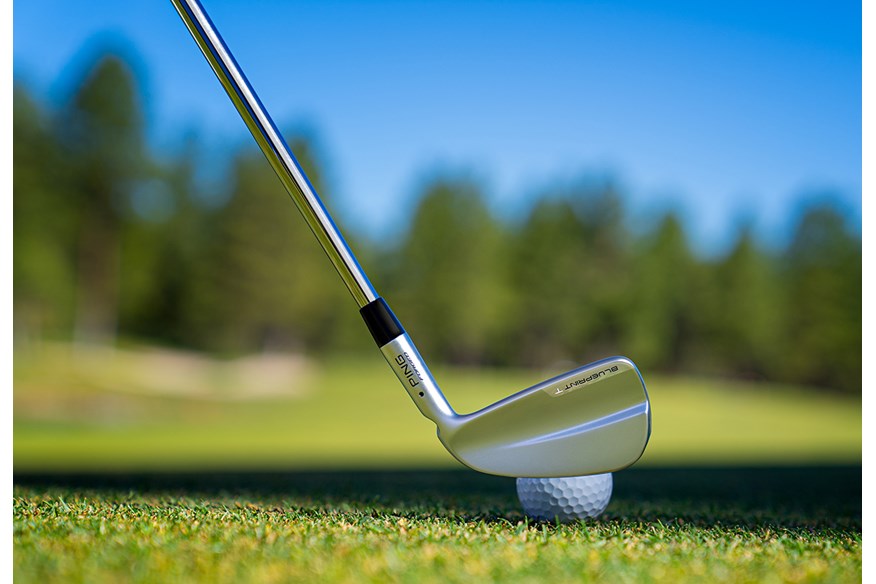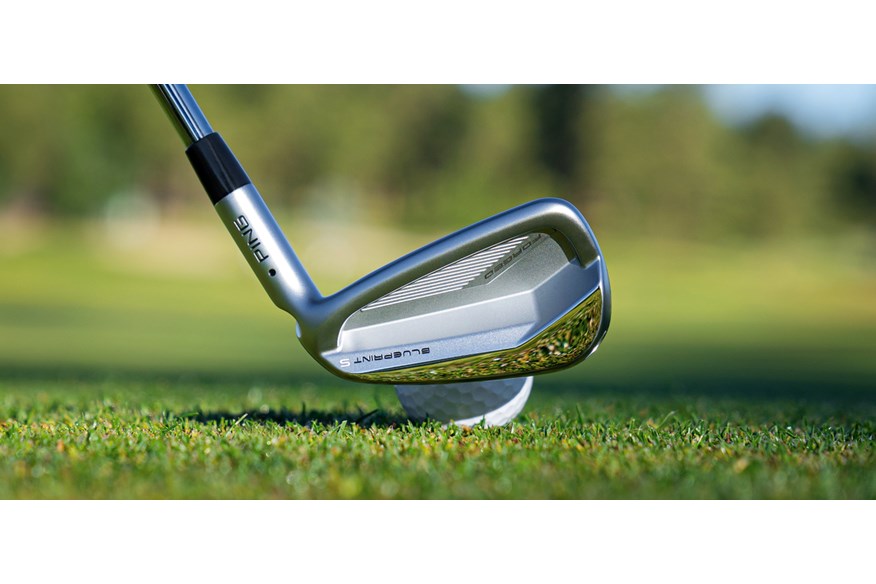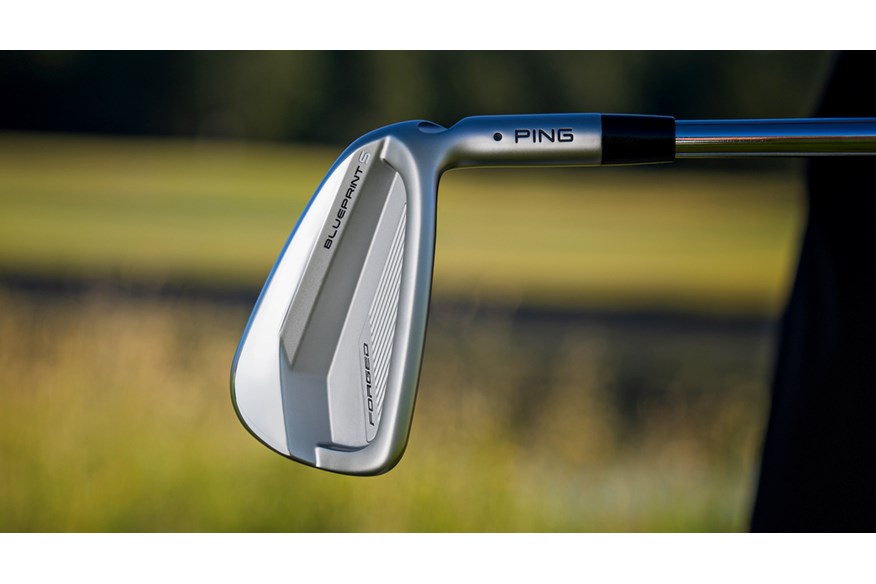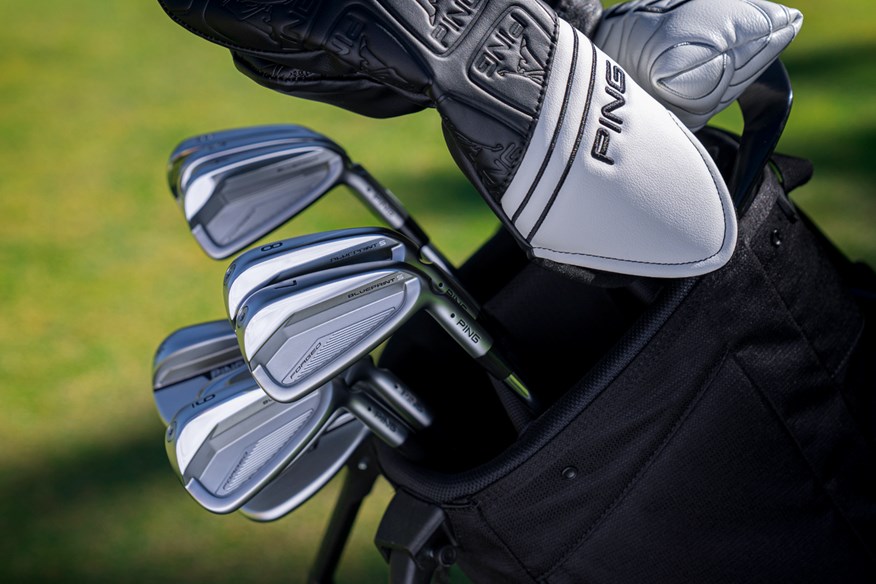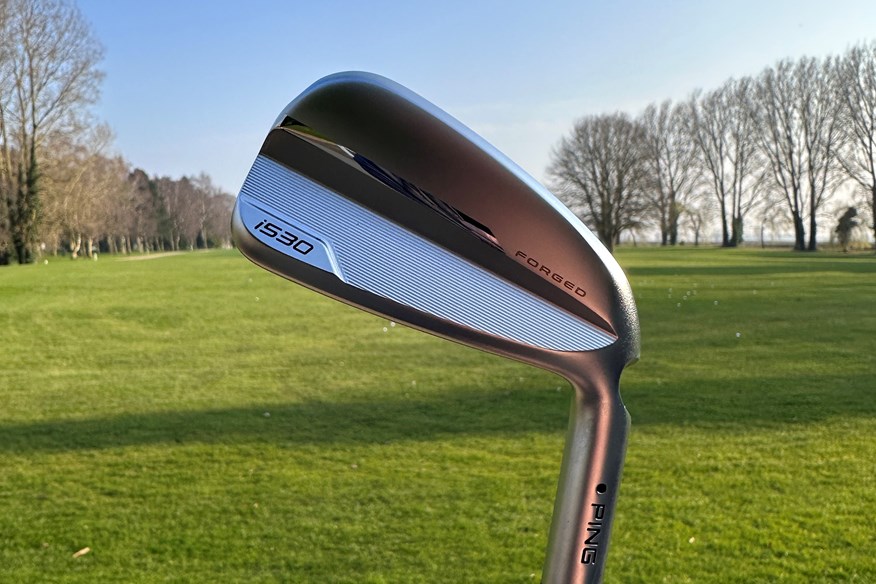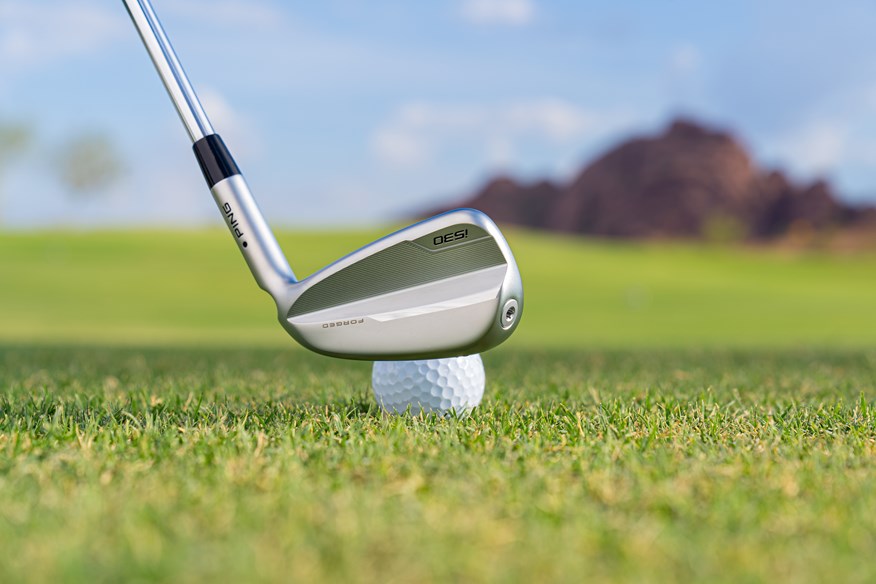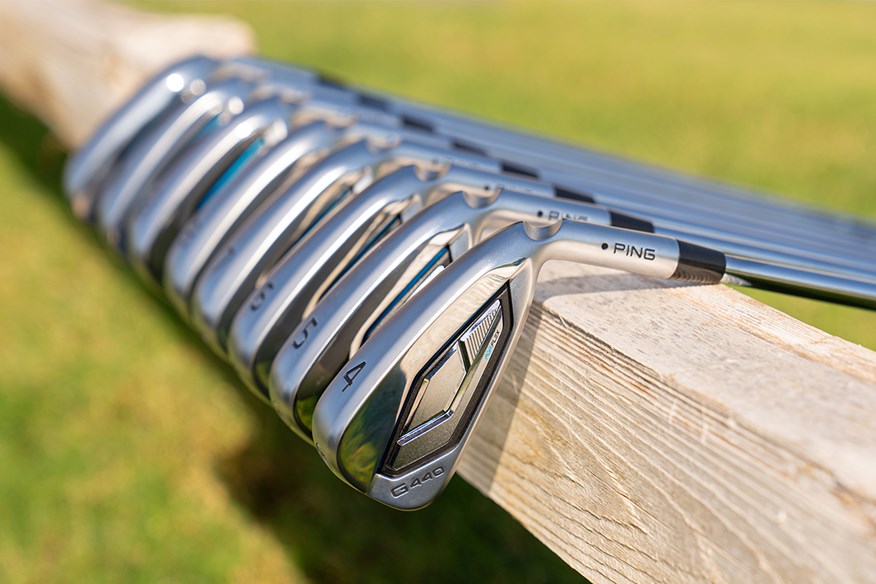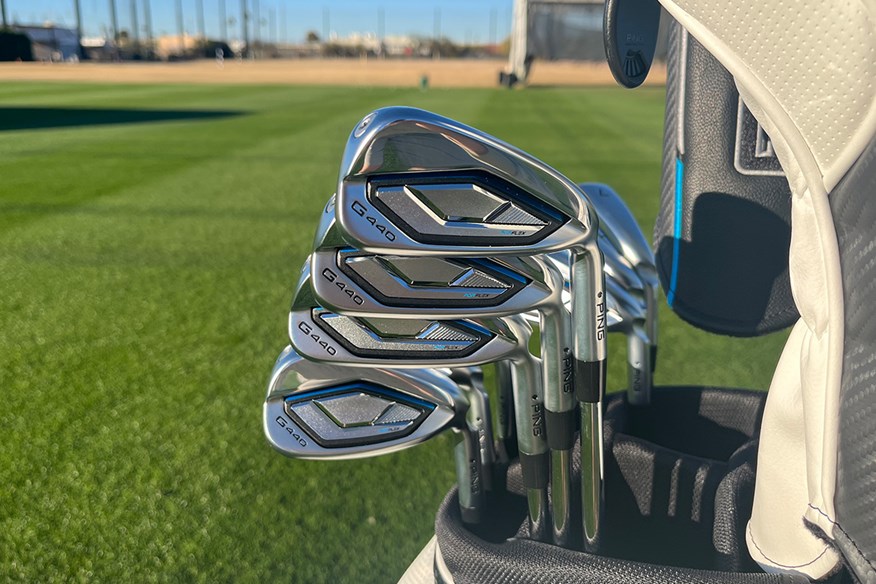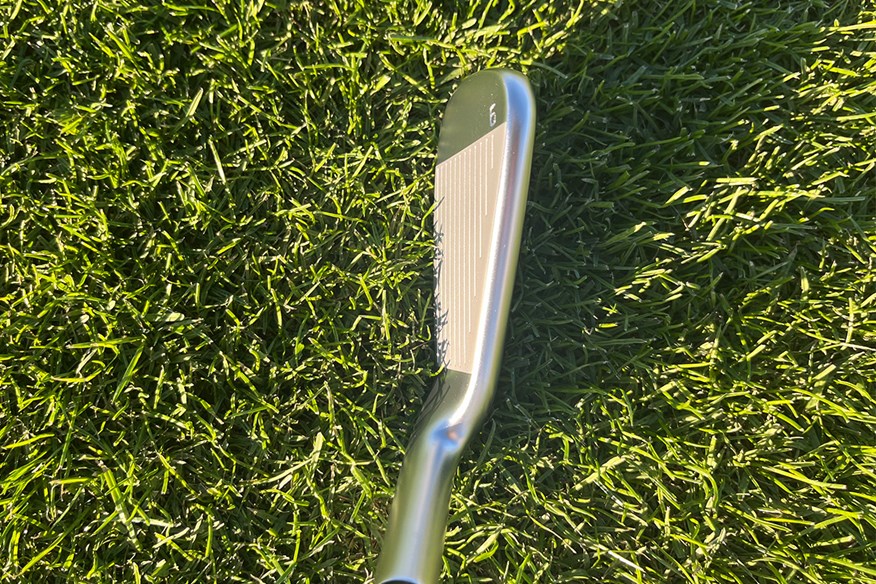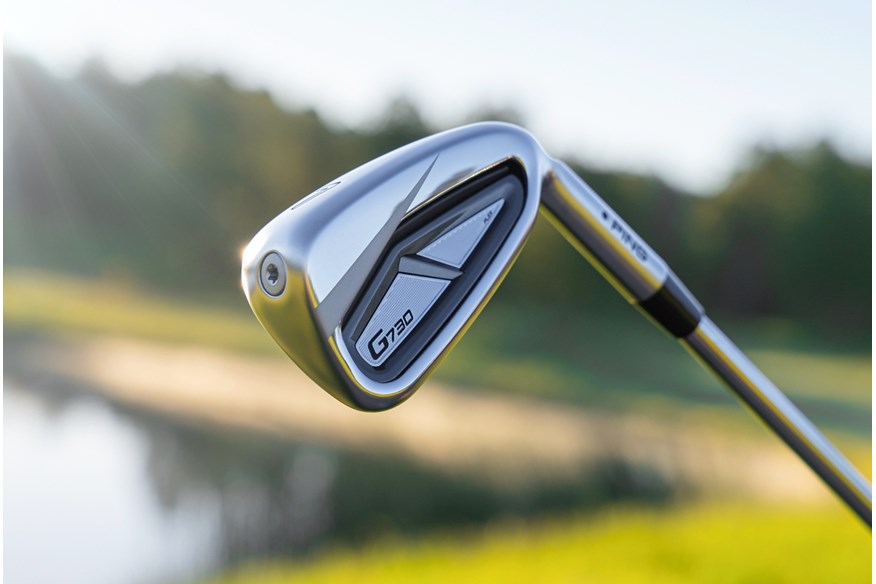Best Ping Irons 2025: we test the clubs from golf’s most forgiving brand
Last updated:
Which Ping iron is best for your game? Here’s a complete guide to each iron in Ping’s 2025 line-up, who they are aimed at, and how they performed when tested by our pro.
Even the Best Ping Irons’ line-up is often a fraction smaller than many of the other biggest brands, but they consistently produce some of the best golf irons and are always very popular across a range of handicap-level, amateur golfers. That’s not to say they don’t cater for better players; there are plenty of elite golfers and tour pros who swear Ping irons are the best fit for their game.
Many Ping iron models have a longer lifespan, too, particularly compared to some other brands that replace or update models every year. All Ping irons stay in the market for at least two years, yet some stick around for many years, which is virtually unheard of in the golf industry these days. That doesn’t mean they’re outdated, simply that Ping won’t replace a model until they truly believe its successor offers a decent improvement.
Whether you’re an aspiring tour pro or a beginner golfer, there’s a Ping iron out there for you. Here’s our rundown of how to choose the best Ping irons for your game.
Best Ping Irons – Jump to:
- Best Ping Irons: at a glance
- The Best Ping Irons
- What type of iron do you need?
- Buying Advice & FAQs
Best Ping irons at a glance:
Best for Looks: Ping Blueprint T | View Offer
Best Tour-style Iron: Ping Blueprint S | View Offer
Best for Distance: Ping i530 | View Offer
Best for Mid Handicaps: Ping G440 | View Offer
Best for Slow Swing Speeds: Ping G730 | View Offer
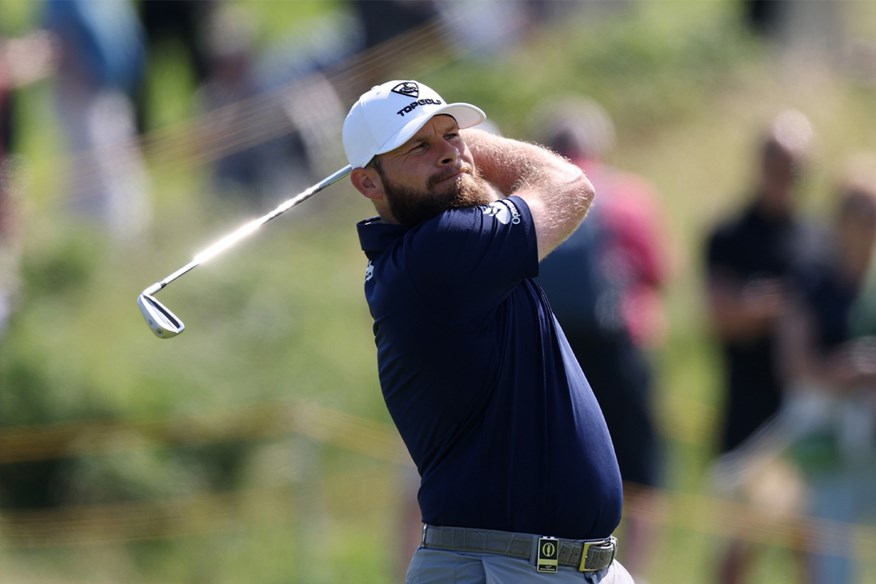
Best Ping Irons 2025
The T is a second-generation Ping Blueprint iron, which says that the brand's switch to forged constructions for very elite player irons is working. If the marquee hadn’t hit the spot, things just wouldn’t have progressed past the original.
Until now, Ping and forging have been really uneasy bedfellows, as before Blueprint, the brand's forged iron repertoire ran to just two Anser models (in 2010 and 2012) since the 1960s. Forged irons usually win over 90% of tour events, yet less than 10% of pros believe the best blades like the Blueprint T are the best choice for their game, which has to say this model has a very limited audience.
In our book, the T comes with a brilliant head shape and profile; yes, the sole width is incredibly narrow, but I completely understand why the eyes of decent golfers would be drawn to this super elegant beauty. Thanks to having the same 7-iron loft as the brilliant Blueprint S our test data has the pair down as being pretty evenly matched on a spreadsheet, but thanks to its cavity back construction, the S will provide some additional ball speed protection when shots are hit away from center face.
We wouldn’t be doing our job if we didn’t recommend that anyone drawn to this model should also hit the Blueprint S, as my gut feeling is 95% of golfers will get better results from the slightly more forgiving players’ model.
Read our full Ping Blueprint T iron review
Pros
- A few will love the turf interaction of the super-slim soles
- The lovely forged feel
- The model is a timeless classic
Cons
- Very unforgiving
- Expect short carry distances
| Category: | Muscleback blade |
| Handicap range: | Four and below |
| Construction: | Forged from a single piece of 8620 carbon steel |
| 7-Iron loft: | 33º |
Ping doesn’t have a huge back catalog of forged iron models, so from what I’ve seen of the Blueprint S, we can confidently say it’s the best the brand has ever made. Yes, the players’ iron category is crammed with excellent models, but our test pro’s disappointment was obvious when he realized Ping revealed this model in the very year he decided to start playing Callaway equipment. Which, in our books, says everything you need to know about how good this beautiful model is.
It's really important not to get dragged into thinking the Blueprint S is Ping’s forged cavity back model for club golfers; it really isn’t.
A 33° 7-iron loft and low-launching True Temper Dynamic Gold 120 stock shafts should spell that out loud and clear, as both help position this model very much as one of the best players irons of 2025.
The big question I see decent players encountering this year is the choice between the Blueprint S and the Ping i230, both of which target the players’ iron arena.
Our data has the Blueprint a few yards out in front for carry distance, a number which could easily be reversed on another day’s testing. Our gut feeling is that decisions will ultimately come down to how much premium you put on playing forged irons, and how sensitive you are to price, as the S will set you back £140 more for a seven-piece set.
After testing both models, we believe you can’t make a bad choice, but the Blueprint S does feel like it will have more timeless classic appeal should you want to invest in a model that’s going to hold its value.
Read our full Ping Blueprint S iron review
Pros
- Beautiful looks and feel
- The MOI is slightly higher in the long irons
- The faces are CNC Milled for precision
Cons
- £1400 is a lot for a set (7-piece) of Ping irons
| Category: | Players’ Iron |
| Handicap range: | Eight and below |
| Construction: | Forged from a single piece of 8620 carbon steel |
| 7-Iron loft: | 33º |
The i530 positions itself front and center stage for reasonably consistent golfers who demand a compact head size, thin topline, and narrow sole but also want an extra degree of speed and distance in their iron game. If you’re a regular golfer and your handicap is creeping towards the single-digit crowd, with more distance high on your agenda, the fractionally stronger 7-iron could well add a little more pop to your iron game than some of the competition.
Ping says the i530s have a lower center of gravity and optimized lofts to promote a higher peak height and steeper descent angles, which ensure shots hold the green. If you’re torn between this model and the excellent G440, please try both side by side.
Thanks to the extra hosel offset, a wider sole, and more mass being positioned below the center of gravity, the G440 should launch and flight shots a fraction higher, which at more average speeds will keep the ball in the air for longer. Launch monitor data will help you understand the best route for your game, be in no doubt the i530 will be one of the best players' distance irons on the market in 2025.
Read our full Ping i530 review
Pros
- Lots of performance packed into neat-looking heads
- Good speed and distance
- Minimal offset in short irons
Cons
- Only the face is forged from springy C300 managing steel
| Category: | Players’ Distance Iron |
| Handicap range: | 12 and below |
| Construction: | Hollow body with cast 17-4 stainless steel chassis and forged C300 maraging steel face |
| 7-Iron loft: | 29º |
The G440 irons feel unmistakably Ping - but in the best way possible. They deliver the signature Ping reliability, where it feels like you simply can’t miss. Strikes from the middle feel outstanding, with soft yet responsive feedback, and even shots from the toe or heel feel noticeably improved compared to previous models.
Ping has focused on enhancing the features that made the Ping G430 so successful, fine-tuning them for even better performance. While this approach delivers noticeable improvements in performance and aesthetics, it does mean the Ping G440 comes with an attention-grabbing, game-changing feature to separate it from the previous G430. The changes Ping have made to the G440, though, while subtle, are significant.
The reduced face height and thickness save approximately 4 grams per iron, allowing Ping to lower and reposition the center of gravity (CG). This adjustment leads to higher launch and greater forgiveness. Additionally, the face is now 9% thinner than its predecessor, which translates to increased ball speed across the face. This improvement is noticeable at impact, where the trampoline-like effect delivers a powerful and satisfying feel.
Read our full Ping G440 Irons review
Pros
- Wonderful performance
- Hugely versatile
- Good looks
Cons
- Some better golfers will want a sleeker appearance
| Category: | Mid-Handicap Iron |
| Handicap range: | Eight and above |
| Construction: | Cast 17-4 body with Hyper 17-4 stainless steel face |
| 7-Iron loft: | 29° |
Like the i530, the brand new G730 iron has just hit the market, and unlike its older G700 and G710 siblings, this time around, Ping has opted for a cavity back, not hollow body construction.
As the model is so new, we don’t yet have reliable comparative data to show how the model stacks up against the rest of the Ping iron family. However, thanks to having the strongest 7-iron loft, Ping says the model will be the brand's longest (approximately 5 yards longer) and most forgiving iron, so it will be a great fit for decent-speed golfers looking for the best high-handicap iron available.
A larger head profile allows mass to be pushed to the extremes, which ups MOI but also, thanks to optimizing the centre of gravity, makes the strong lofts playable. The G730 is the right choice if your iron game involves splattering shots across the iron face on a regular basis, as Ping irons don’t come any more forgiving.
If, though, your speed hovers around average or just below that mark, don’t write off the lighter and slightly weaker lofted Ping G440 HL iron, which will be easier to launch and flight for good peak heights, carry distance, and stopping power.
Pros
- The chunky head is reassuring at address
- Ping irons don't come any more forgiving
- Good distance for reasonable speed players
Cons
- Some golfers will pick up on the loud impact sound
| Category: | High-Handicap Iron |
| Handicap range: | 28 and below |
| Construction: | Cast 17-4 stainless steel body with Hyper 17-4 stainless steel face |
| 7-Iron loft: | 28° |
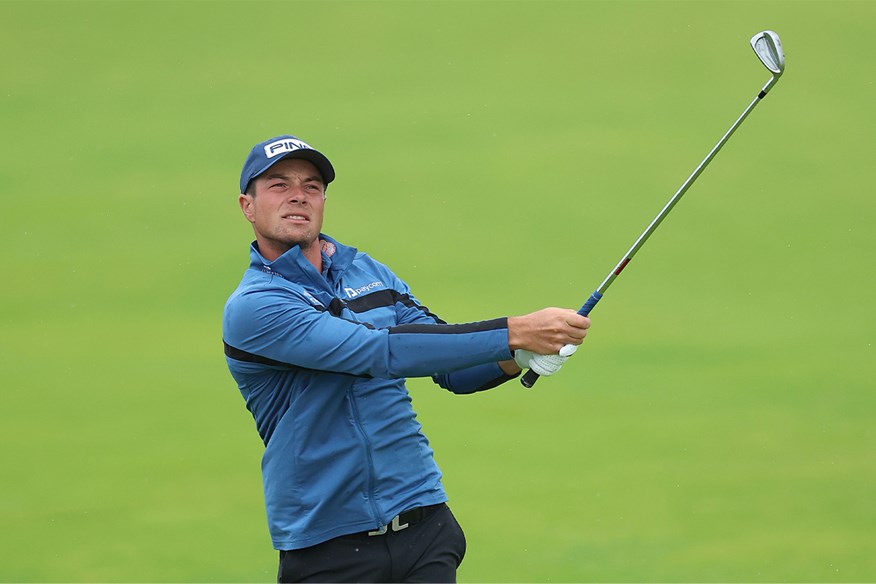
Best Ping Irons: What type of iron do you need?
Players’ Irons
Blade and players’ golf clubs have smaller heads with narrower toplines and soles; they’re designed to offer great looks, feel, and control. Players’ irons typically have less hosel offset, so the center of gravity is not as far back, so even though most blades have more loft (as the better players who use them don’t crave more distance), they don’t necessarily flight shots higher.
Players’ irons will typically have weaker, traditional lofts and higher CG produce more spin and lower trajectories, which can result in less distance than other types of irons, but this is what the golfer using these clubs is most interested in, as they can flight and control the ball more easily.
Player’s Distance Irons
Players’ Distance irons pack a lot of distance and forgiveness potential into head shapes that look great. Spearheaded by TaylorMade’s P790 irons, expect stronger lofts than Players’ irons, although, in an atypical way, you won’t find these irons suit any particular handicap. PD irons can fit a wide variety of golfers at different levels.
The best Players’ Distance irons will typically create more speed and distance than Blades and Players’ models, and while they may not generate quite as much spin, their high launch helps shots hold greens.
Game Improver Irons
Without question, the mid-handicap iron category is the highest-selling model in golf, as this is the area most golfers’ games sit within. Game Improver Irons will never be quite as sleek as players’ or players’ distance models, but they are hugely versatile and offer great distance and forgiveness potential.
Most golfers will notice how cavity-back game improver irons don’t sound or feel quite as soft as a one-piece forged blade or players’ iron, but the attraction here is that when shots are struck across the face of the iron, golfers can still expect to see reasonable results.
